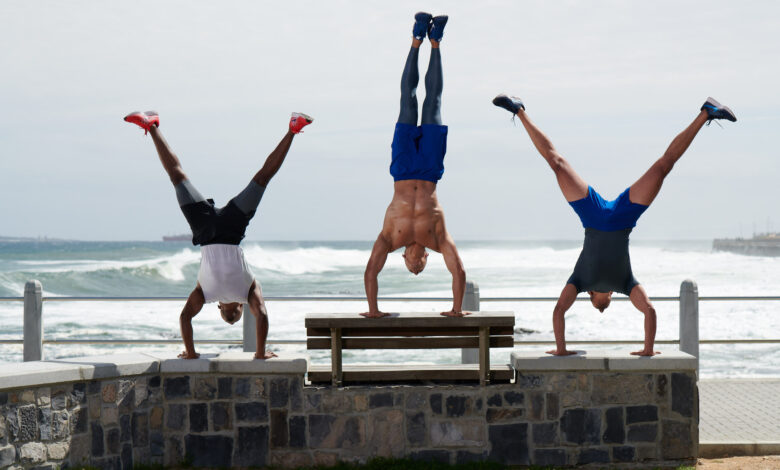5 Ways that the lockdown impacted fitness routines

There’s no doubt that COVID-19 and the resultant levels of lockdown had a dramatic impact on the fitness industry itself, but also the fitness routines of every day South Africans. We all remember the days of early morning ‘mass’ workout sessions in our neighbourhoods, using tinned peaches for weights and doing step-ups onto chairs.
Deodorant brand Shower to Shower asked a few of their brand ambassadors to comment on the ways that they thought that fitness routines have been impacted by the pandemic. Professional athlete Protas Mbambo says that the greatest challenge he faced was staying indoors and training alone. “It was so boring at times, but as a professional fitness athlete, I had no choice but to train and continue to up my game.”
Here are the ways they thought the pandemic affected fitness routines:
- Work-from-home meant more active people
Over the course of the past 18 months, people have been forced to remain home or shift to a work-from-home lifestyle. Staying at home highlighted a general lack of movement, forcing people that might not have exercised routinely before to start moving.
Adam Deane, a calisthenics expert, says that he felt that some bad habits were formed over the hard lockdown from being stuck inside and eating more than he usually would. “Training at home was the only way to stay fit but as things have slowly opened up, training outside and seeing other people training has been fantastic.”
2. Lowered fitness levels
With only so many routes for running around your own home, fitness levels around the country dropped during lockdown. Deane says that with the demands of work, personal life, working from home and the virus itself, he felt a lack of energy and had to dig really deep to train. “I didn’t work as hard as I did for 20 years to throw it away in a year, but it was tough”
3. Exercise for mental health support
Exercise is a proven help for periods of anxiety and stress. Moving your body for 30 minutes per day has direct links to lowered stress levels and improved moods. The lockdown definitely helped people to see the link between the two and implement their own ‘therapy through exercise’ schedules.
Athlete Yusuf Jajbhay says that with the emotional toll of COVID-19 he slacked on his training. “My fitness definitely took a knock, but when I eventually got back into the flow of my training, it helped me cope better with the situation.”
4. The rise of online fitness support
People no longer need to enter a gym or even leave their homes, if they don’t want to. The pandemic has led to a meteoric rise in the number of fitness professionals offering online training, support, mentoring and guidance – across a wide variety of disciplines. Saying that, Deane says that he’s relieved to have the ability to return to ‘normal’ training, “Getting creative with things at home was fun, but I don’t really miss it now that I can use proper facilities!”
5. The world is a gym
Jajbhay says that initially he had to adjust his household equipment to train, but he’s now realised that ‘the world is a gym’! He says that everything around you can be used to help you train – a park bench, your own furniture, a lamp post. “I used calisthenics as a way to stay strong. It’s a form of training whereby you use your body as a weight. I’ve been training using this method for many years, including during lockdown and I’ve reached my fitness goals more effectively than by going to the gym.”
Follow Shower to Shower on Instagram and Facebook.




